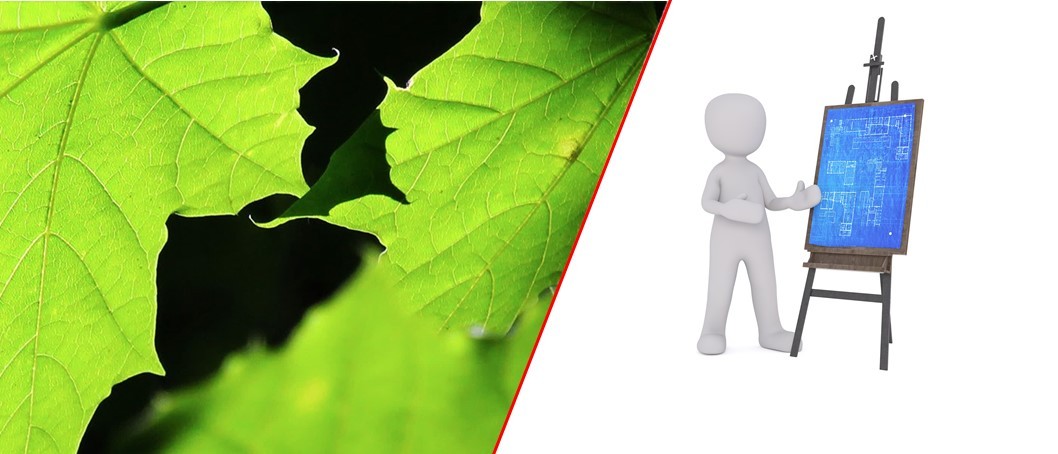Treatment of surfaces delicate
Surface treatments of plastic components can have a negative as well as a positive effect on weldability.
Coatings such as paint, anti-scratch coating or metallization act as separating layers in the weld seam. The plastic of the upper and lower part is melted, but the coating separates the melts and prevents mixing. After cooling down, the components adhere slightly to each other, but no firm welded joint has been formed.
In such cases, the weld seam must be kept free of the coating, for example by limiting the coating to the outer surface or by covering the weld seam area during the coating process.

By melting down a rib in quasi-simultaneous or simultaneous process type, the seperating layer of a surface treatment can be broken up and welding is potentially possbile again. However, the reproducibility of the welding process is then delicate.
An activation of surfaces e.g. with plasma can have different effects on welding, depending on the type of polymer and the associated surface reaction in the plasma.
On the one hand, weldability can be negatively affected if the surface no longer melts as a result of the treatment and thus acts as a separating layer (see above).
On the other hand, the weldability of otherwise incompatible plastics can be made possible if the activated surface permits chemical bonds to the other plastic part.
An otherwise non-existent bondability can also be achieved by coating with a bonding agent or a layer of hot melt adhesive. However, this is then no longer a welding but more an adhesive process.
